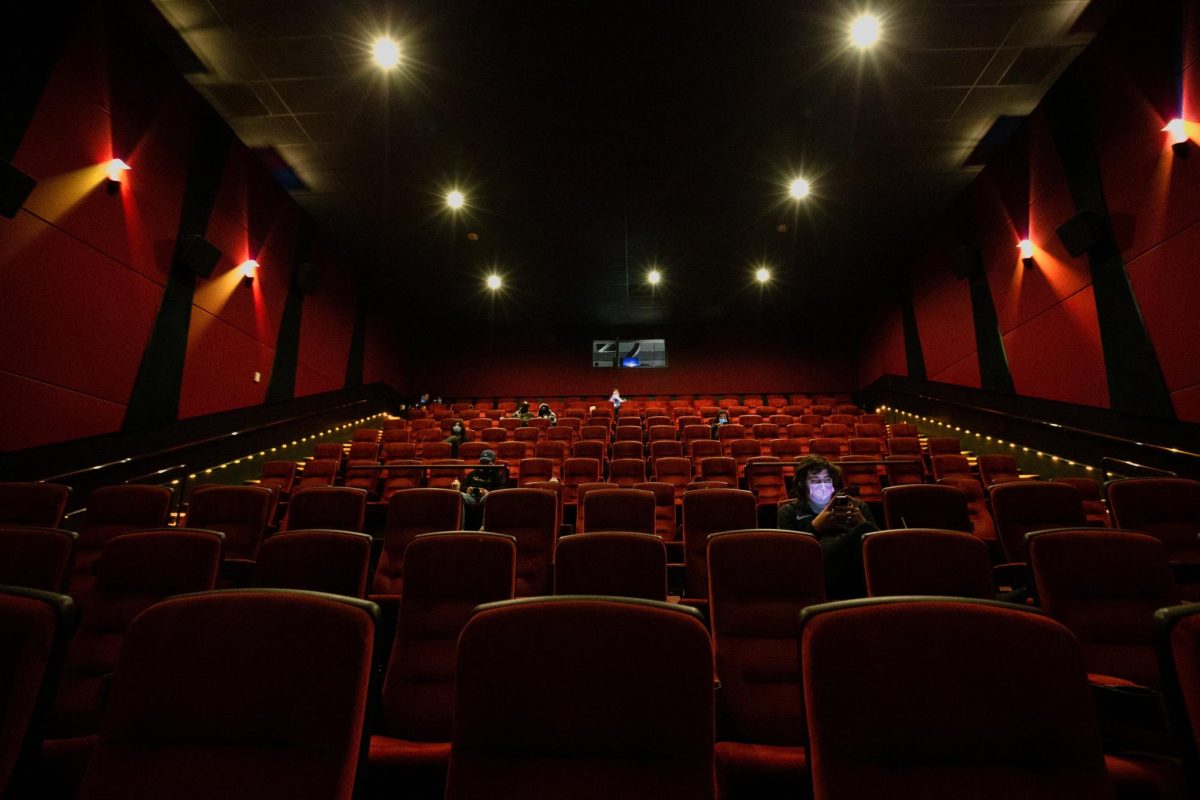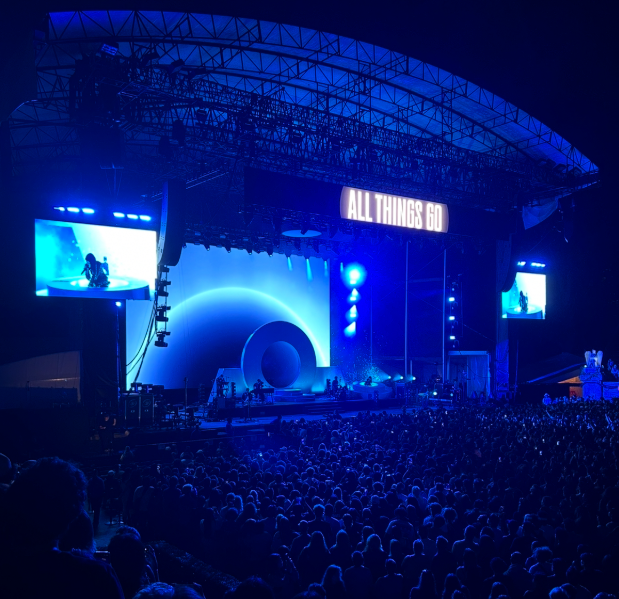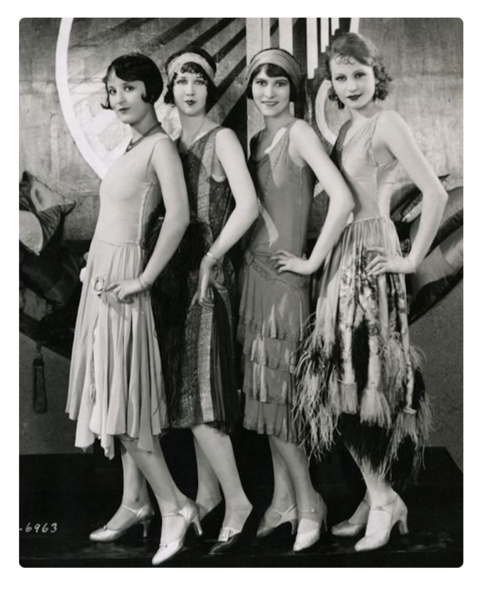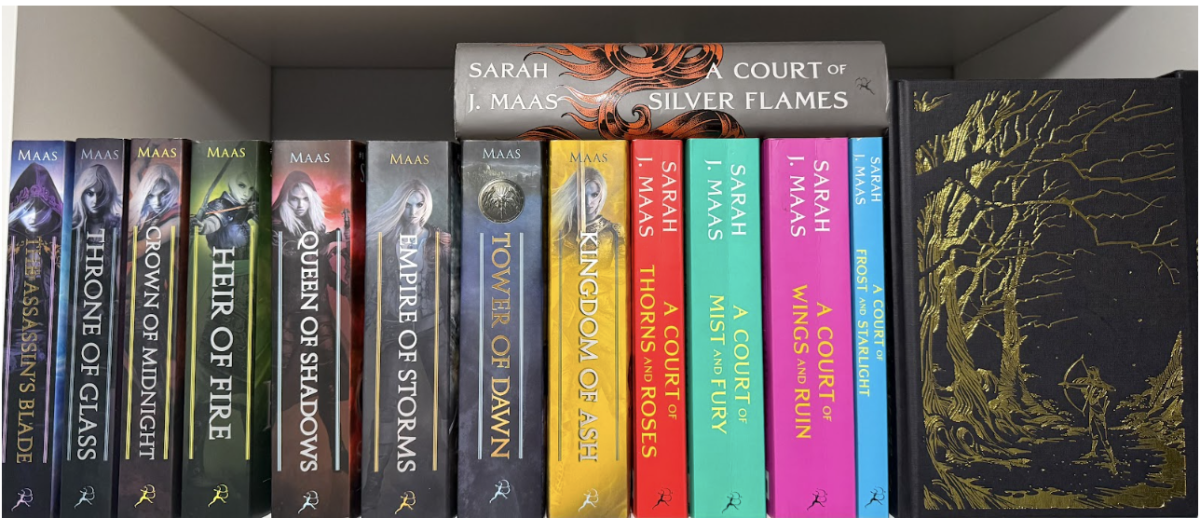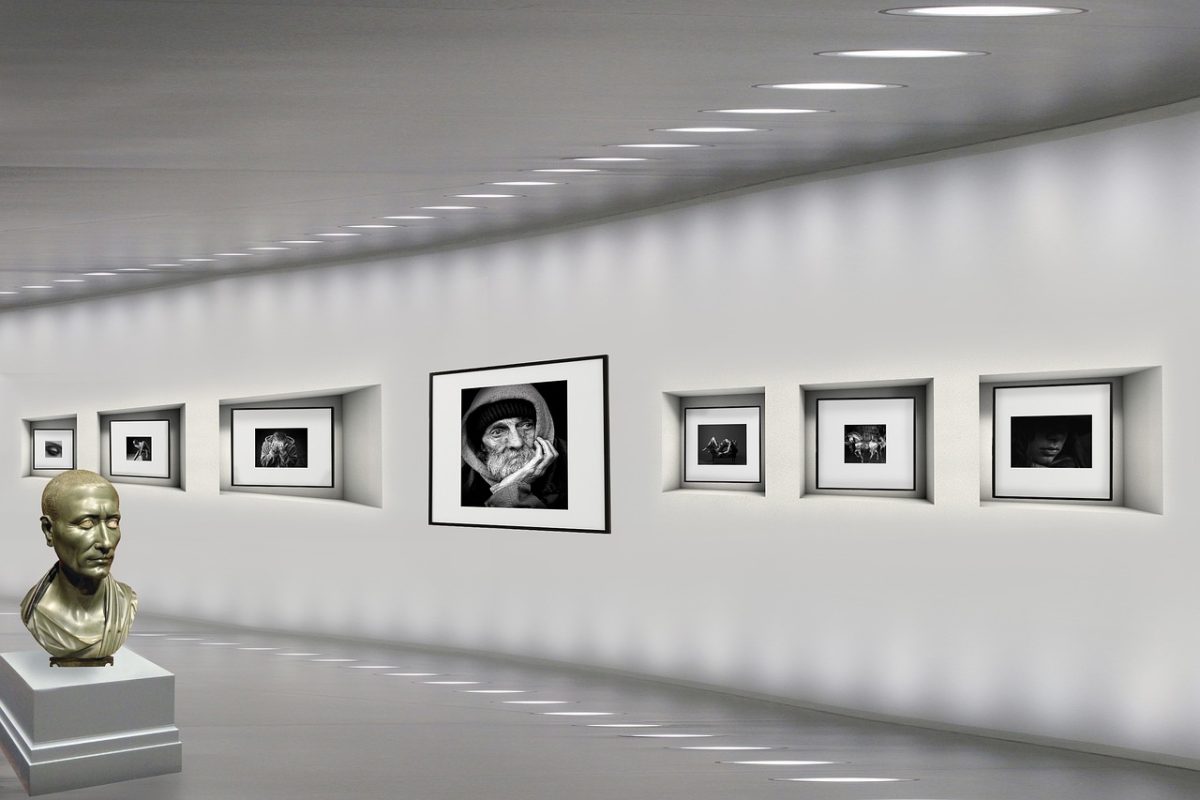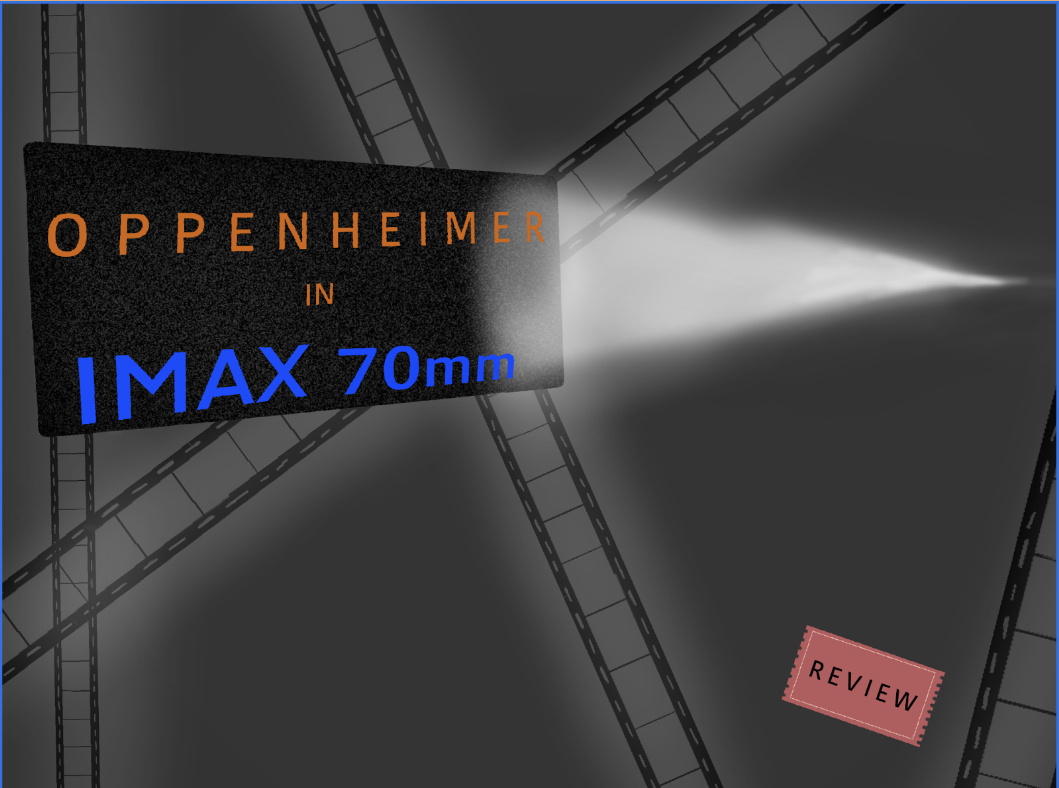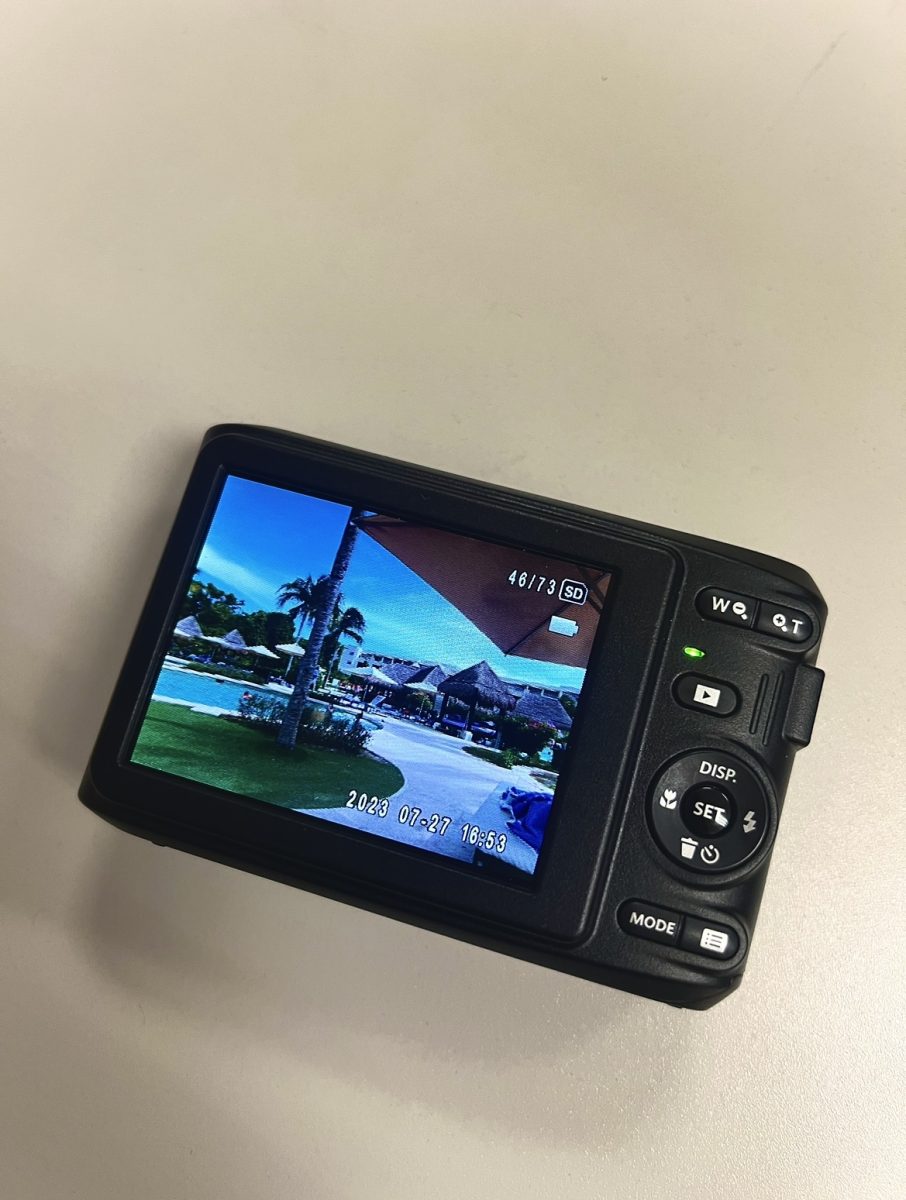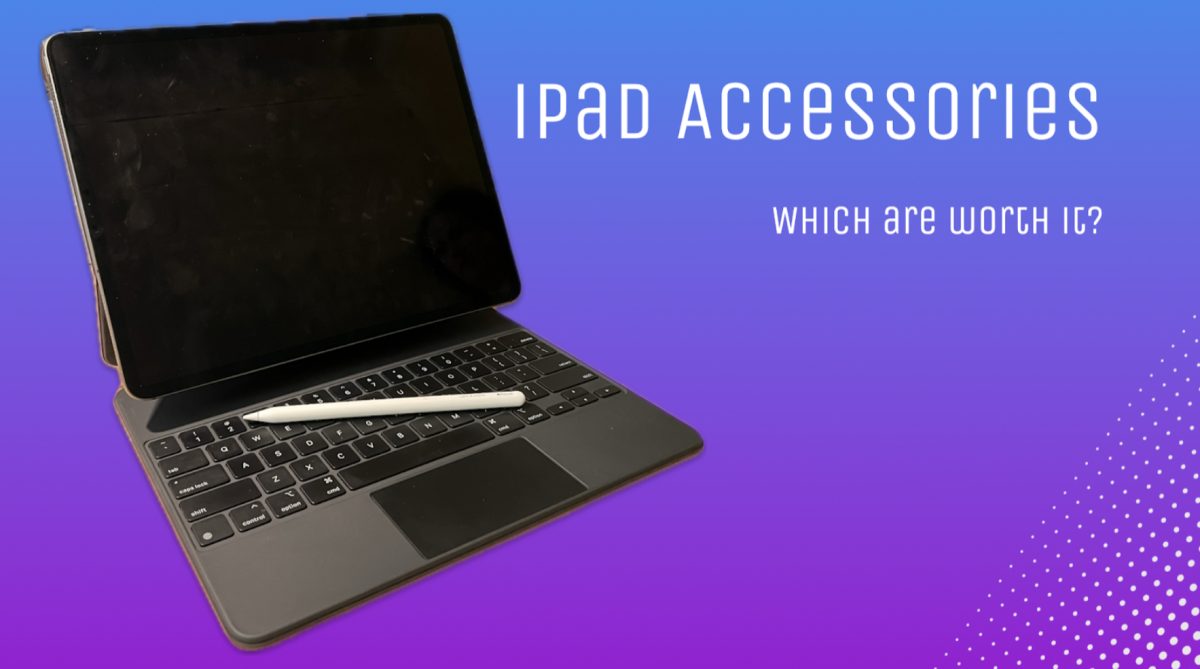Ah, the cinemas. From the gleaming movie posters that line the walls to the soda-stained seats crammed into each room, the movie theaters are a whimsical place tailored towards one’s media-viewing needs. Just if anyone still went to the movies.
Well, imagine my surprise when the one movie that I wanted to watch in theaters was sold out. Four times a day. Every single day. For two months. Nevertheless I relentlessly searched for availability until, by chance, I stumbled upon relatively good seats in the wee hours of the morning. I quickly claimed my golden tickets, breathed a sigh of relief, and waited for the scheduled showtime in two weeks.
Although it sounds like I scored Taylor Swift tickets, they were merely tickets for the movie Oppenheimer. Yes, the same Oppenheimer that has been running for over a month and remains relatively available in local theaters.
I was not interested in any ordinary theater, though, rather one of only thirty theaters worldwide to present the movie in IMAX 70mm: AMC Lincoln Square 13. Moviegoers flock to this theater from across the Northeast just to witness IMAX 70mm, home to the most technologically advanced movie theater experience. However, what makes the format so unique and sought-after?
Well, let’s first talk about the projector. Unlike a modern projector that downloads movies onto digital storage, IMAX 70mm uses REAL film to display the movie. According to eyewitness testimony, the film weighs 600 pounds, stretches for 11 miles, and must be shipped in 35 individual wooden boxes to each theater, where it is spliced into a giant reel.
Once connected and inspected for any flaws, the film is quickly spun by a separate machine, which converts the physical film into a digital image read by the 18k projector. For reference, a standard premium TV has a 4k resolution, and each increase in “k,” or number of horizontal pixels, is exponential. Finally, the projection is then cast onto a screen spanning hundreds of feet horizontally and the height of a five story building vertically. The impressive visuals combined with the theater’s specially designed acoustics translates to a movie with great photo and audio quality, where no detail can escape unseen or unheard.
In reality, the movie did meet my high expectations. While I am by no means an avid moviegoer, I did notice a difference in quality compared to a standard screening, with both the audio and visuals seeming “richer”. I also appreciated the added novelty of this movie’s format, which I was constantly reminded of by the authentic film grain spanning the colossal projection screen. My single unmet expectation was, being a semi-thriller movie, I expected greater use of the theater’s features beyond the two hours of court-room dialogue (this is more of a critique of the movie itself rather than the format).
There are some drawbacks to IMAX 70mm, though. For one, the film is not projected in laser, so there may be distracting grains and burns (little specks without any projection). I saw some specks the size of large dogs linger on the screen for several minutes before suddenly disappearing or moving to a different location. Next, due to the nature of film, there have been instances where the projector malfunctions and the theater is forced to abandon the format for that showing, understandably angering the guests. However, this is simply a precaution and by no means a reason to not book IMAX 70mm. Last, and perhaps the most obvious drawback: the theaters are always crowded. While local theaters remain empty and offer spacious reclining seats among other amenities, this theater is packed with people sitting considerably close together.
Despite these drawbacks, IMAX 70mm does provide the authentic movie-watching experience that I was hoping for, although I would recommend enjoying the format with a more action-packed film.





